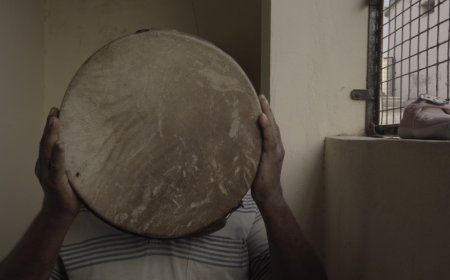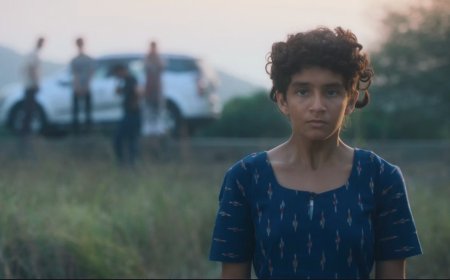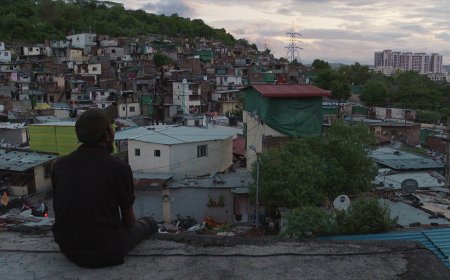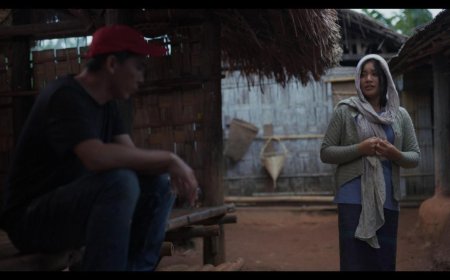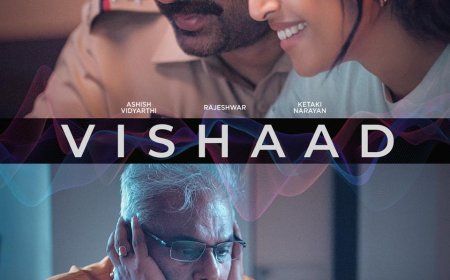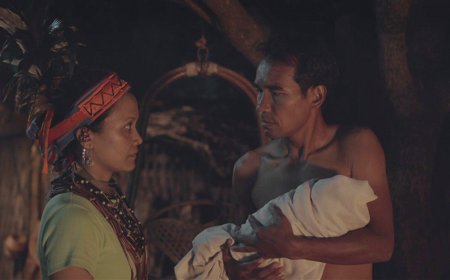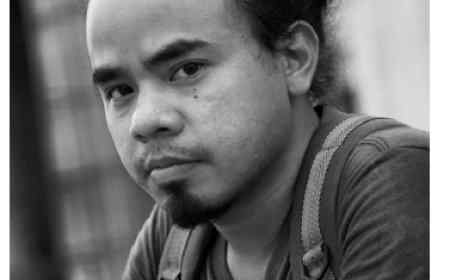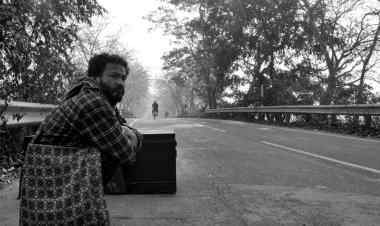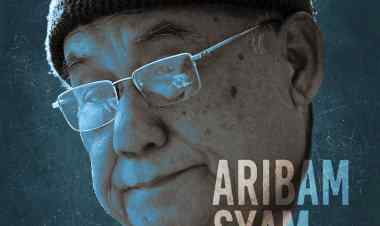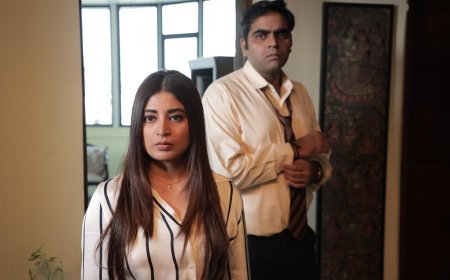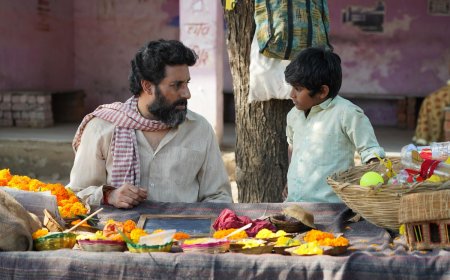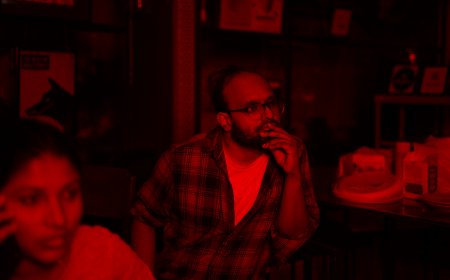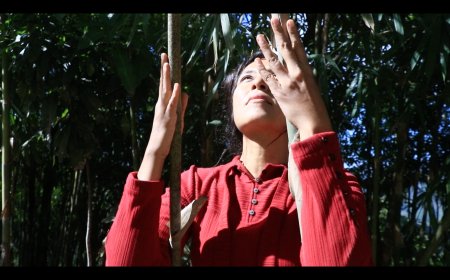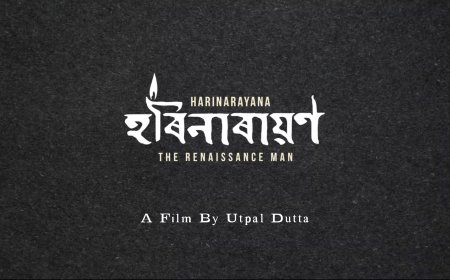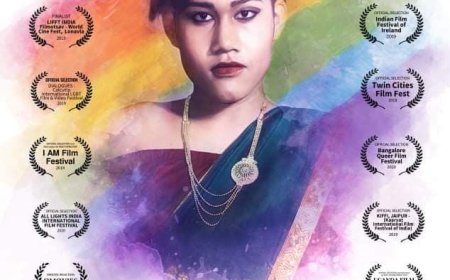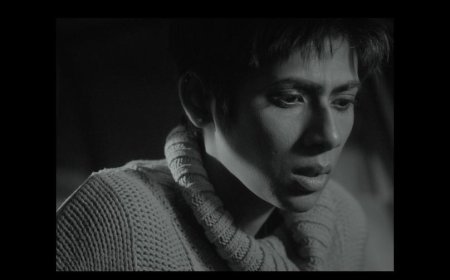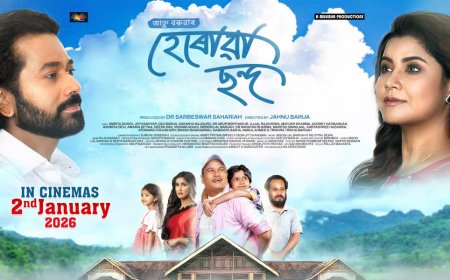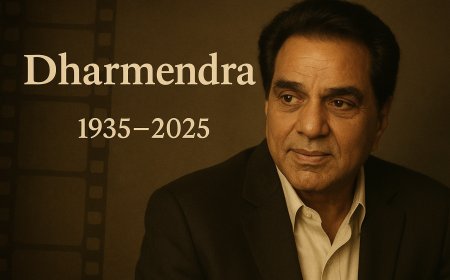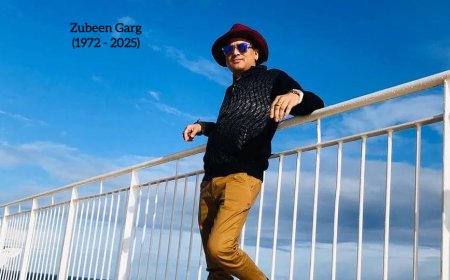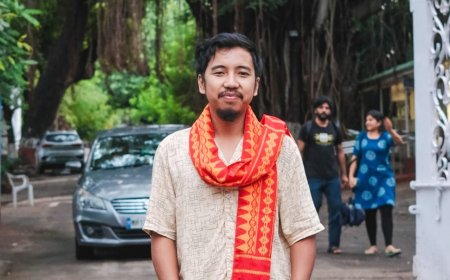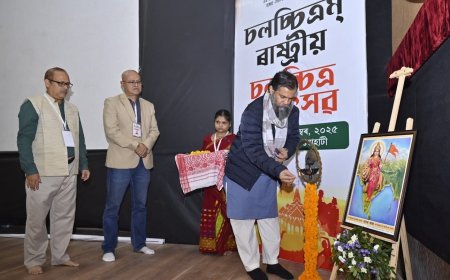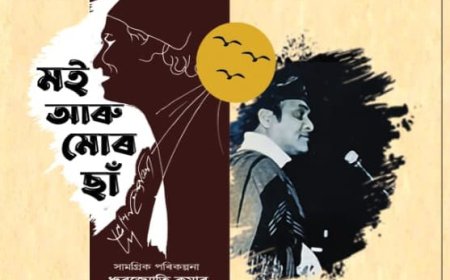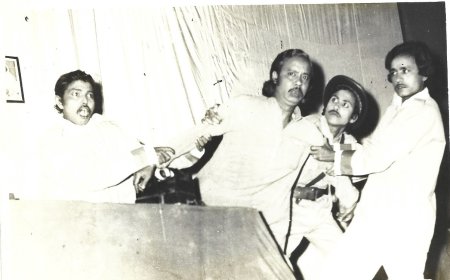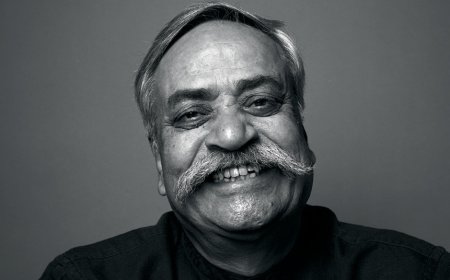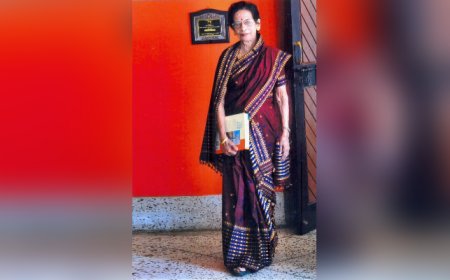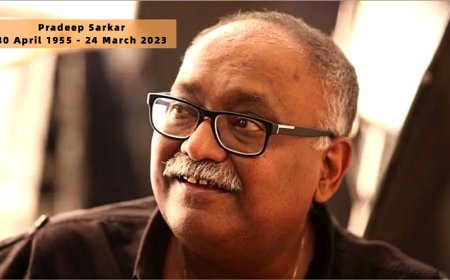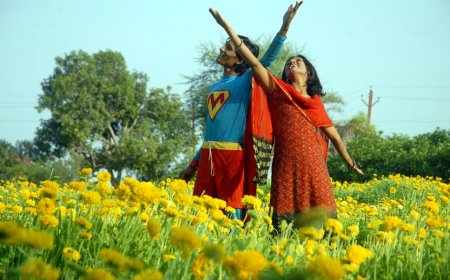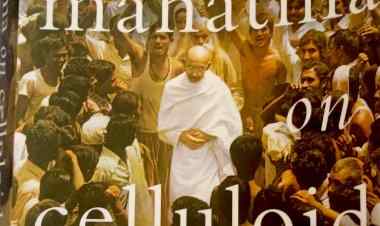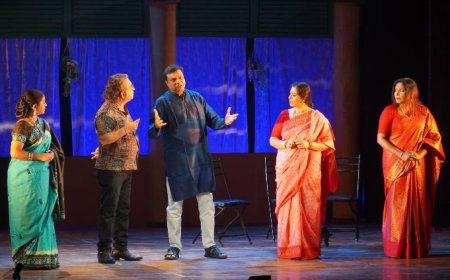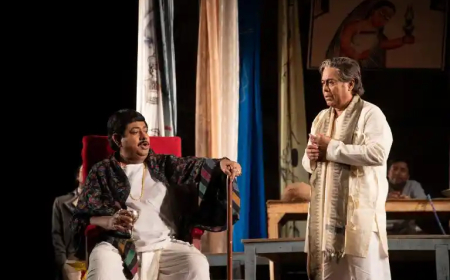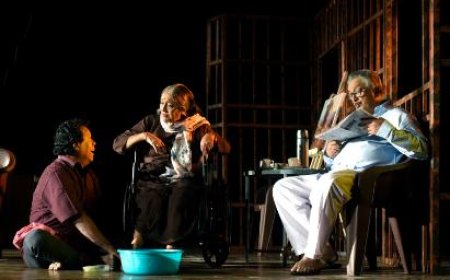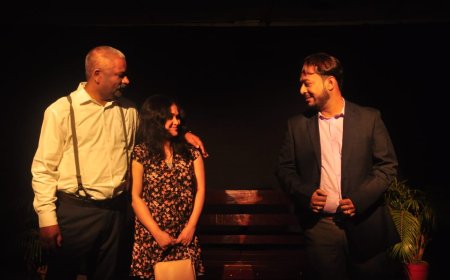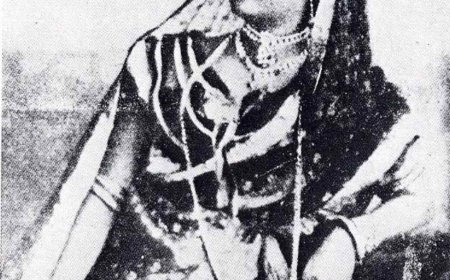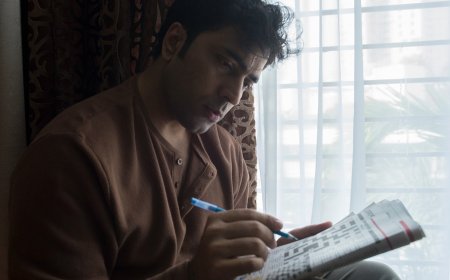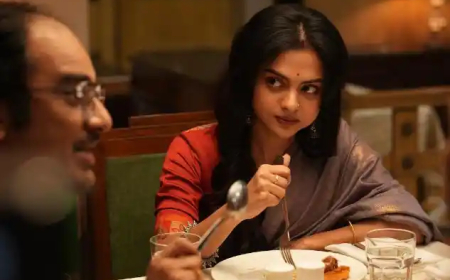All We Imagine as Light: A tale of three women in the quest for their light.
Shaqib Chowdhury, a media graduate from AJK MCRC, Jamia Millia Islamia, reviews the film, "All We Can Imagine as Light", directed by Payal Kapadia.
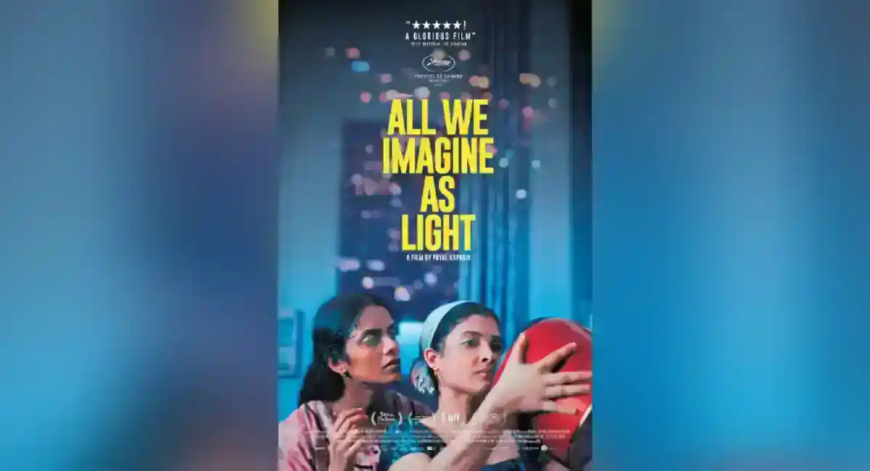
Before delving into the film, let’s take a moment to decipher the title of the film. Let’s emphasize the two words - Imagine and Light – from the title of the film. What’s the relation between Imagination and Light? Payal starts to retort to these questions through the opening frame of the film. The film opens with a dingy sky and rain falling across the city, keeping the sunlight diffused. This makes it clear that the primary characters – Prabha, Anu, and Parvaty – lack light and hope. The film is set in contemporary Mumbai where the three characters are working in a hospital. Prabha (played by outstanding Kani Kusruti) is calm and mature but also grapples with loneliness. She is married and waiting for her husband who is working in Germany, leaving her achingly alone. As Khalid Hossain in his book “The Kite Runner” writes, “Eyes are the windows to the soul”. Prabha’s eyes reflect the despair and longing that her soul is craving for.
The two nurses – Prabha and Anu – work together in the same hospital and share one small apartment. Anu is the opposite of Prabha; she is young and carefree. Payal’s pen also incorporates a third character – Parvaty - organically in the screenplay. She is a middle-aged, headstrong widow working in the same hospital as a cook. With Parvaty, Payal strived to pass a political commentary on Kagaz (legal documents). The rapacious developers are hovering over Parvaty’s abode to develop an ultra-luxury roof for the privileged. After meeting with the lawyer, she realized that she couldn’t protect her abode which she lived with her husband for years. Parvaty’s struggle to protect her abode from the greedy capitalists represents the working-class citizens – both Hindus and Muslims - of Assam proving their citizenship to the government.
All three characters are deprived of light and hope, and imagination is their only tool for survival. In one scene, Prabha receives a red colour rice cooker sent by her husband from Germany. She clutches the rice cooker close to her heart, imagining her husband. Ranabir Das’s lens left no stone unturned to capture the hustle and bustle of the city. The cacophony of the city turns into a blessing for Anu for her regular meet-up with her Muslim boyfriend Shiaz. The bustling crowd of Mumbai render shelter to this inter-faith couple from the watchful eyes of political groups. While Anu has escaped political groups, she couldn’t dodge the polarized gossip in her workspace.
The sunlight shines brightly once the film moves to the Ratnagiri coastline, with the ultramarine coastline glistening in the pristine ocean air that contrasts sharply with Mumbai’s skyline. Parvaty decides to move to her village near the Ratnagiri coast after realizing she can’t defeat the greedy builders. Prabha and Anu extend their hand to help Parvaty to settle in her village. The sky in the village is not as gloomy as in Mumbai. Indicating a ray of sunlight (hope) is emerging to tackle their personal struggle. Now the question arises – what are their personal struggles? For Prabha, it might be to meet her husband. For Anu, it might be the acceptance of her relationship. But Parvaty was content and found her light once she reached her village. As if she the blue sky of her village took away all her murky clouds that she carried from Mumbai.
Meanwhile, Anu is occupied with her boyfriend who came all the way from Mumbai to meet her. While staying in the village, Prabha rescues a drowning man with her nursing skills. The half-middle-aged man makes Prabha hallucinate about her husband. Prabha with her anguished soul starts to wash the soil from the man’s body imagining her husband. And after a moment, she starts to articulate her feelings to the unknown man with tears in her eyes. But Prabha’s craving for companionship remains void.
Payal Kapadia’s All We Imagine as Light is a tale of three women in the quest for their light. The three women share a bond-like friendship-like family that is stronger than blood ties. It’s a story of resilience and finding light amidst all disarray. Payal’s three women have individual troubles, but she doesn’t make their troubles sweetened for our sensitivity. The film is also a lyrical ode to the working-class population residing in Mumbai. In the end, the film doesn’t give any resolution but a moment to ponder that life is not stagnant and it is in motion like the sea waves.
*****
What's Your Reaction?







